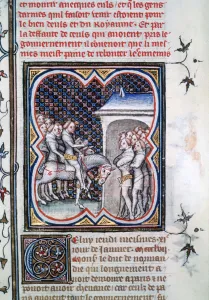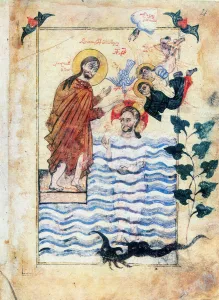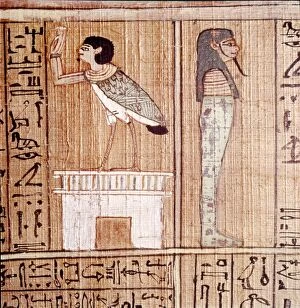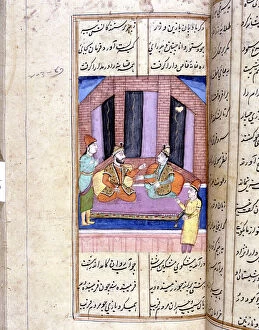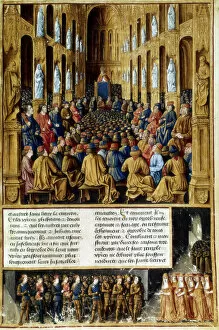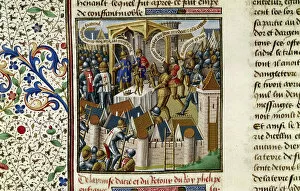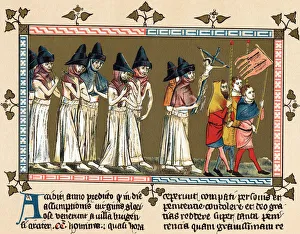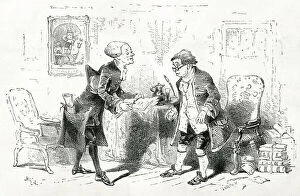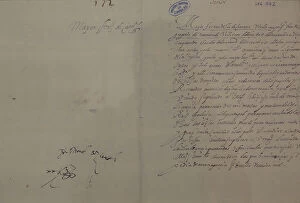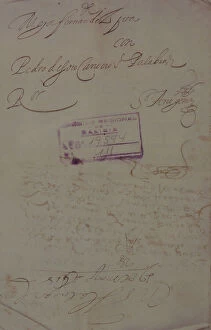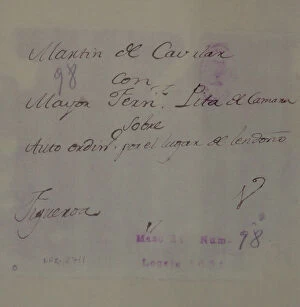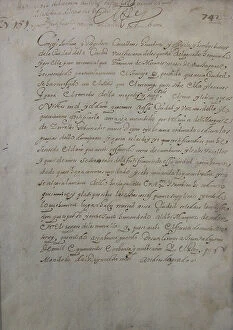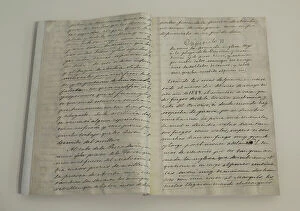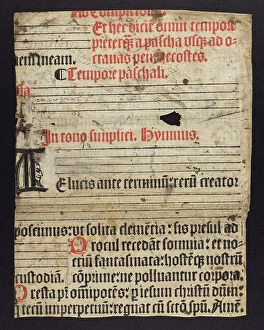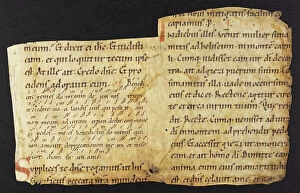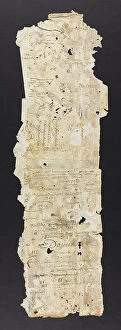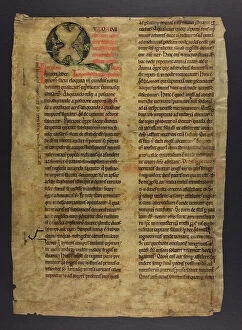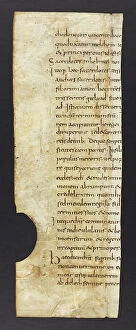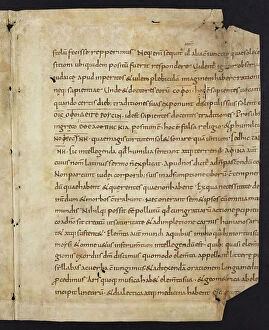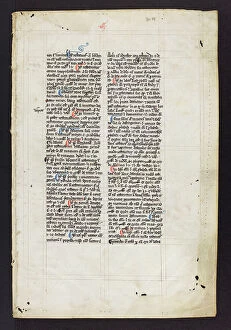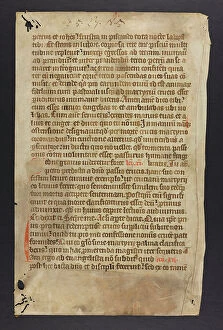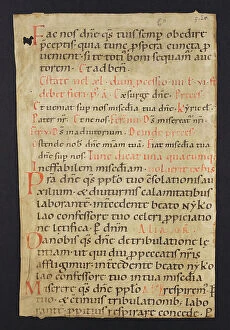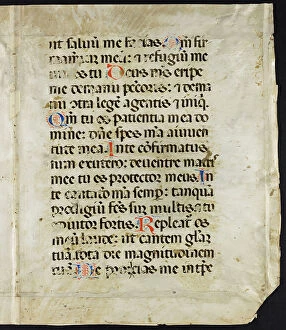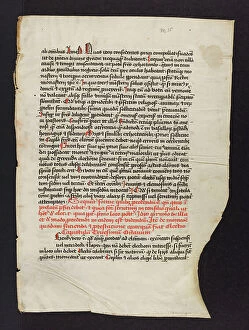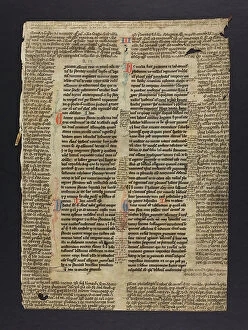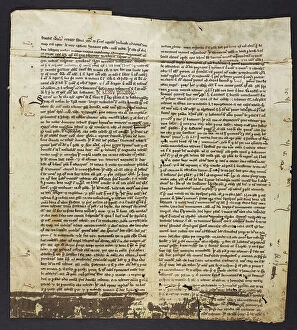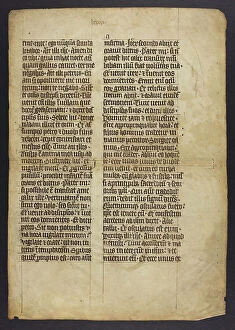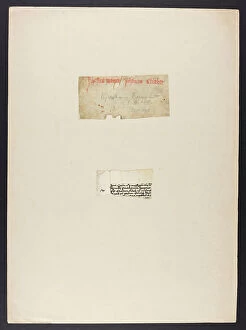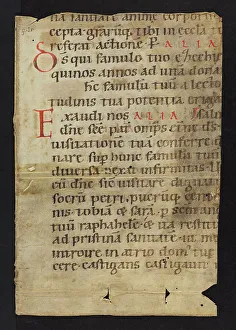Manuscript Collection (page 8)
"Unveiling the Treasures: A Journey through Time and Knowledge" Step into the world of manuscripts, where history comes alive through ink and parchment
All Professionally Made to Order for Quick Shipping
"Unveiling the Treasures: A Journey through Time and Knowledge" Step into the world of manuscripts, where history comes alive through ink and parchment. From Mozart's haunting Requiem excerpt to Stravinsky's revolutionary Rite of Spring, these pages hold the echoes of musical genius that have transcended centuries. Marvel at the intricate illustrations in the Book of Kells, as St. Matthew springs to life with vibrant colors and meticulous detail. Witness Byzantine mastery in Hippocrates' code of ethical conduct, a cross-shaped manuscript guiding healers through centuries past. Mendeleyev's periodic table revolutionized science, forever immortalizing his groundbreaking discoveries on paper. The court record from Salem witch trials serves as a chilling reminder of humanity's darkest moments, etched forever in time. William Blake's illustration from Songs of Innocence and Experience captures innocence lost amidst societal turmoil. Lindisfarne Gospels transport us back to an era when faith was illuminated by stunning artwork on every page. Witness Botticelli's Primavera come alive before your eyes; each brushstroke tells a story within this masterpiece. Bar Kokhba’s original Dead Sea Scroll reveals ancient wisdom preserved for generations to come. Finally, Wagner's Gotterdammerung takes center stage as his magnum opus unfolds on paper—a testament to human creativity and passion throughout history. These they are not mere relics; they are gateways to understanding our collective past—the triumphs, struggles, and aspirations that shape who we are today. Let their words and images guide you on a journey through time—an exploration that will leave you inspired by the power held within these fragile yet enduring pages.

